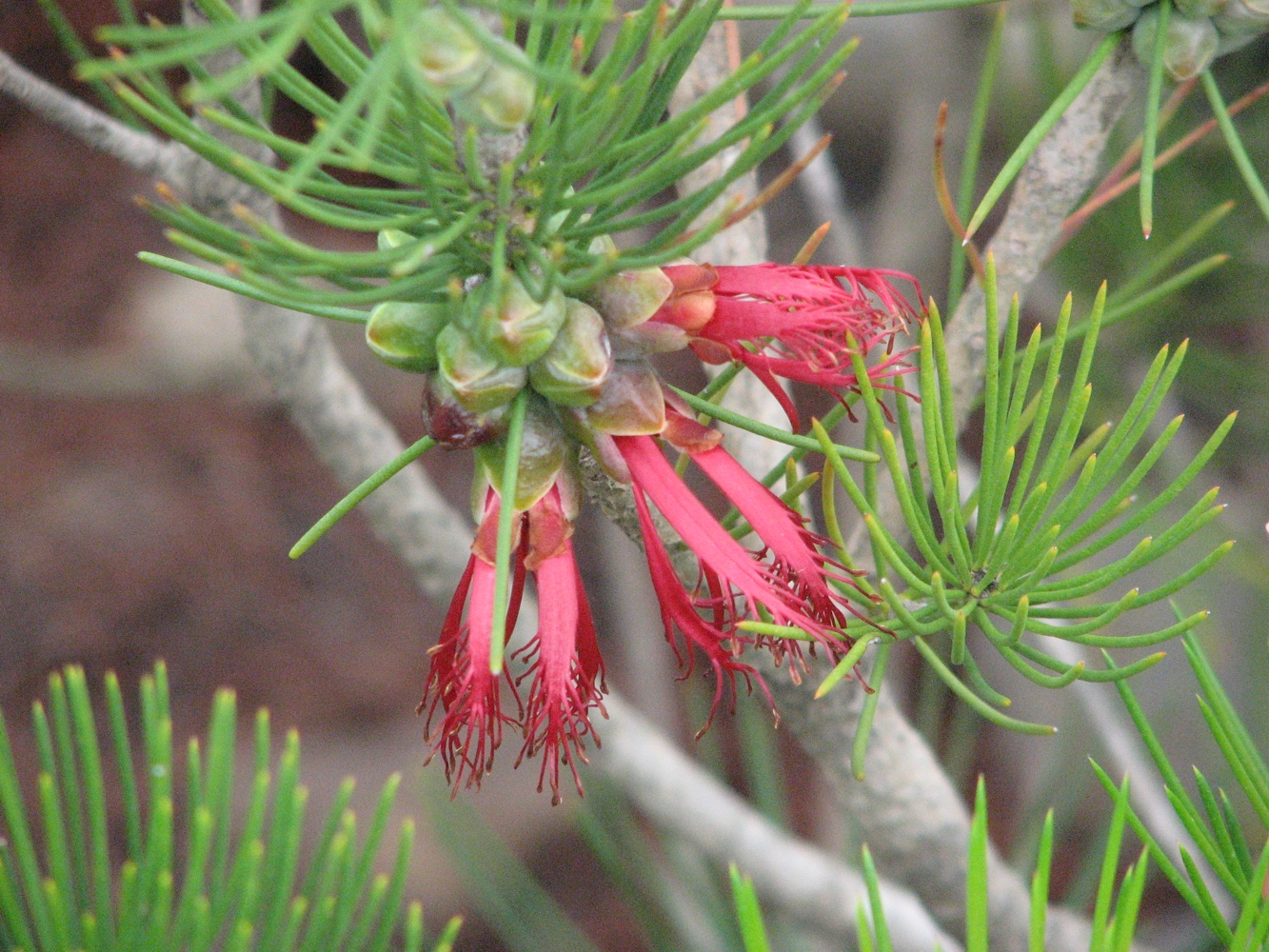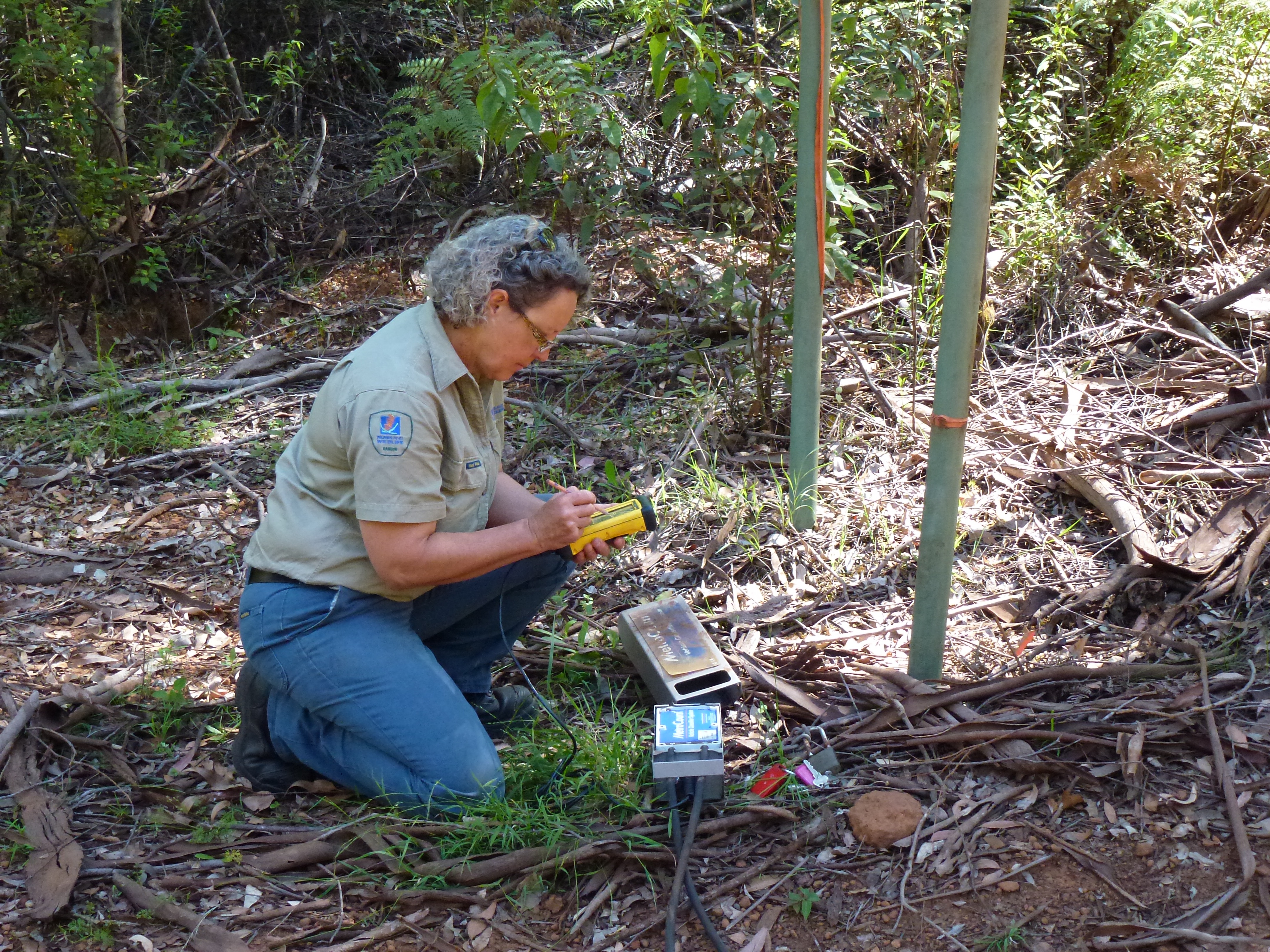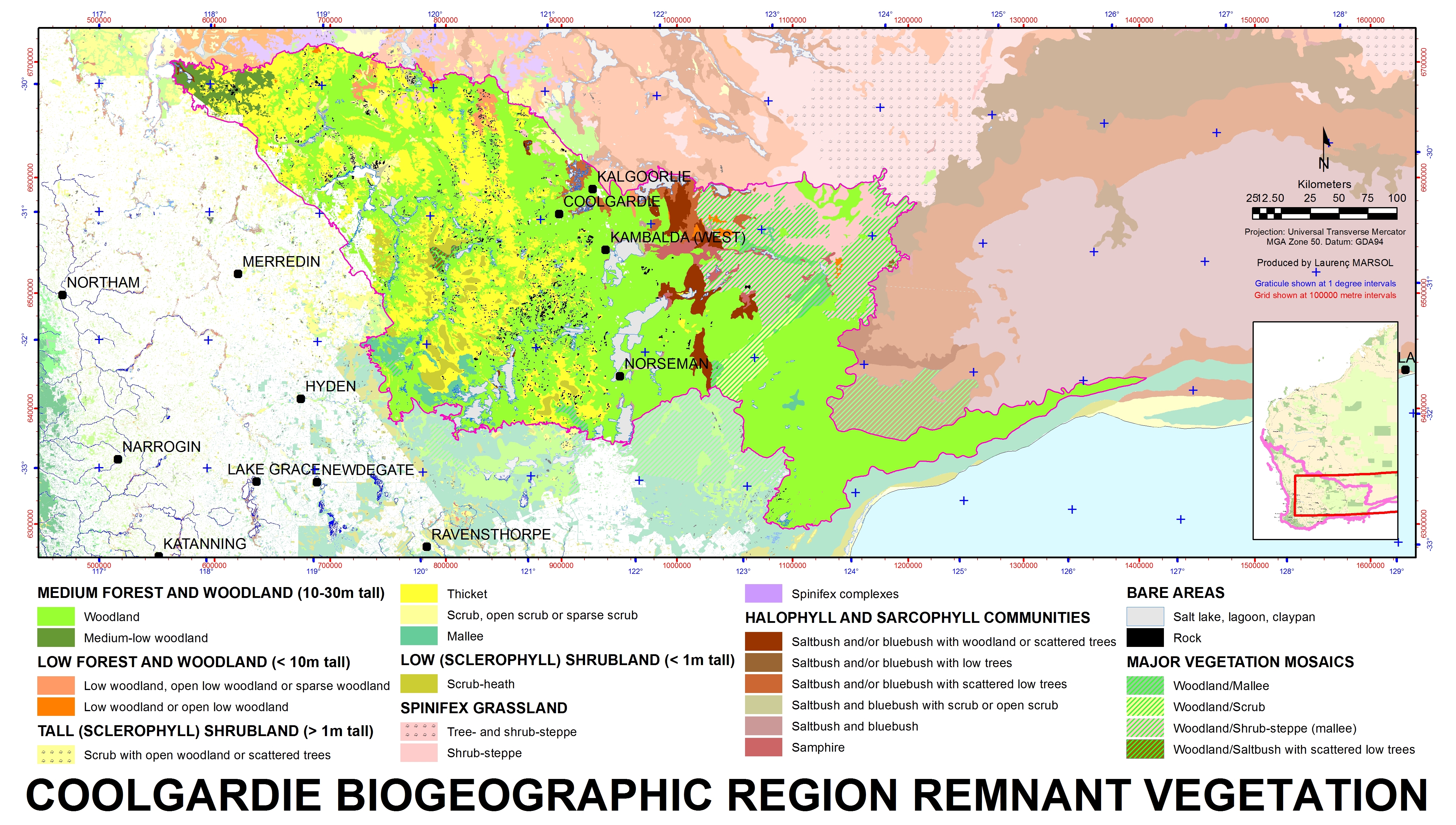|
Calothamnus Tuberosus
''Calothamnus tuberosus'' is a plant in the myrtle family, Myrtaceae and is endemic to the south-west of Western Australia. It is a stiff, prickly plant with cylindrical leaves and red flowers, growing near or often on granite boulders. It has a lignotuber and tuberous roots. (In 2014 Craven, Edwards and Cowley proposed that the species be renamed ''Melaleuca tuberosa''.) Description ''Calothamnus tuberosus'' is a compact, highly branched shrub growing to a height of about or more. Its leaves are crowded at the ends of the branches and are long, in diameter, stiff, cylindrical in shape and taper to a prickly point. The flowers are rich red and in small dense spikes amongst the leaves or on the older, leafless branches . The 4 petals are long, thin, papery and orange to brown. The stamens are arranged in 4 claw-like bundles, all usually with 12 to 16 stamens per bundle. Flowering occurs from November to January, although sometimes in other months, depending on weather conditi ... [...More Info...] [...Related Items...] OR: [Wikipedia] [Google] [Baidu] |
Australian National Botanic Gardens
The Australian National Botanic Gardens (ANBG) is a heritage-listed botanical garden located in , Canberra, in the Australian Capital Territory, Australia. Established in 1949, the Gardens is administered by the Australian Government's Department of Agriculture, Water and the Environment. The botanic gardens was added to the Commonwealth Heritage List on 22 June 2004. The botanic gardens is the largest living collection of native Australian flora. The mission of the ANBG is to "study and promote Australia's flora". The gardens maintains a wide variety of botanical resources for researchers and cultivates native plants threatened in the wild. The herbarium code for the Australian National Botanic Gardens is ''CANB''. History When Canberra was being planned in the 1930s, the establishment of the gardens was recommended in a report in 1933 by the Advisory Council of Federal Capital Territory. In 1935, The Dickson Report set forth a framework for their development. A large site ... [...More Info...] [...Related Items...] OR: [Wikipedia] [Google] [Baidu] |
Nuytsia (journal)
''Nuytsia'' is a peer-reviewed scientific journal published by the Western Australian Herbarium. It publishes papers on systematic botany, giving preference to papers related to the flora of Western Australia. Nearly twenty percent of Western Australia's plant taxa have been published in ''Nuytsia''. The journal was established in 1970 and has appeared irregularly since. The editor-in-chief An editor-in-chief (EIC), also known as lead editor or chief editor, is a publication's editorial leader who has final responsibility for its operations and policies. The highest-ranking editor of a publication may also be titled editor, managing ... is Kevin Thiele. ''Nuytsia'' is named after the monospecific genus ''Nuytsia'', whose only species is '' Nuytsia floribunda'', the Western Australian Christmas tree. Occasionally, the journal has published special issues, such as an issue in 2007 substantially expanding described species from Western Australia. Publication details The record ... [...More Info...] [...Related Items...] OR: [Wikipedia] [Google] [Baidu] |
Myrtales Of Australia
The Myrtales are an order of flowering plants placed as a sister to the eurosids II clade as of the publishing of the ''Eucalyptus grandis'' genome in June 2014. The APG III system of classification for angiosperms still places it within the eurosids. This finding is corroborated by the placement of the Myrtales in the Malvid clade by the One Thousand Plant Transcriptomes Initiative. The following families are included as of APGIII: * Alzateaceae S. A. Graham * Combretaceae R. Br. ( leadwood family) * Crypteroniaceae A. DC. * Lythraceae J. St.-Hil. ( loosestrife and pomegranate family) * Melastomataceae Juss. (including Memecylaceae DC.) * Myrtaceae Juss. (myrtle family; including Heteropyxidaceae Engl. & Gilg, Psiloxylaceae Croizat) * Onagraceae Juss. ( evening primrose and Fuchsia family) * Penaeaceae Sweet ex Guill. (including Oliniaceae Arn., Rhynchocalycaceae L. A. S. Johnson & B. G. Briggs) * Vochysiaceae A. St.-Hil. The Cronquist system gives essentially the same c ... [...More Info...] [...Related Items...] OR: [Wikipedia] [Google] [Baidu] |
Calothamnus
''Calothamnus'' is a genus of shrubs in the family Myrtaceae and is endemic to the south-west of Western Australia. The common names one-sided bottlebrush or claw flower are given to some species due to their having the flowers clustered on one side of the stem or because of the claw-like appearance of their flowers. ''Calothamnus'' species are generally medium to tall woody shrubs with crowded leaves. In most species the leaves are crowded and linear in shape, and the flowers are usually arranged in dense clusters. The petals are small and fall off the flower soon after it opens but the stamens are long, numerous and usually bright red. Description Plants in the genus ''Calothamnus'' are medium to tall shrubs, sometimes low-growing ground covers. The leaves are linear or narrow lance-shaped with the narrower end towards the base, usually glabrous and have distinct oil glands. The flowers are in small groups or dense spikes on leafless, older stems or between the leaves on ... [...More Info...] [...Related Items...] OR: [Wikipedia] [Google] [Baidu] |
Department Of Parks And Wildlife (Western Australia)
The Department of Parks and Wildlife (DPaW) was the department of the Government of Western Australia responsible for managing lands described in the ''Conservation and Land Management Act 1984'' and implementing the state's conservation and environment legislation and regulations. The minister responsible for the department was the Minister for the Environment (Western Australia), Minister for the Environment. History The Department of Environment and Conservation (Western Australia), Department of Environment and Conservation (DEC) was separated on 30 June 2013, forming the Department of Parks and Wildlife (DPaW) and the Department of Environment Regulation (DER), both of which commenced operations on 1 July 2013. DPaW focused on managing multiple use state forests, national parks, marine parks and reserves. DER focused on environmental regulation, approvals and appeals processes, and pollution prevention. It was announced on 28 April 2017 that the Department of Parks and Wi ... [...More Info...] [...Related Items...] OR: [Wikipedia] [Google] [Baidu] |
Mallee (biogeographic Region)
Mallee, also known as Roe Botanical District, is a biogeographic region in southern Western Australia. Located between the Esperance Plains, Avon Wheatbelt and Coolgardie bioregions, it has a low, gently undulating topography, a semi-arid mediterranean climate, and extensive ''Eucalyptus'' mallee vegetation. It has an area of . About half of the region has been cleared for intensive agriculture. Recognised as a region under the Interim Biogeographic Regionalisation for Australia (IBRA), it was first defined by John Stanley Beard in 1980. Geography and geology The Mallee region has a complex shape with tortuous boundaries, but may be roughly approximated as the triangular area south of a line from Bruce Rock to Eyre, but not within 40 kilometres (25 mi) of the south coast, except at its eastern limits. It has an area of about 79000 square kilometres (31000 mi²), making it about a quarter of the South West Botanic Province, 3% of the state, and 1% of Australia. I ... [...More Info...] [...Related Items...] OR: [Wikipedia] [Google] [Baidu] |
Esperance Plains
Esperance Plains, also known as Eyre Botanical District, is a biogeographic region in southern Western Australia on the south coast between the Avon Wheatbelt and Hampton bioregions, and bordered to the north by the Mallee region. It is a plain punctuated by granite and quartz outcrops and ranges, with a semi-arid Mediterranean climate and vegetation consisting mostly of mallee-heath and proteaceous scrub. About half of the region has been cleared for intensive agriculture. Recognised as a bioregion under the Interim Biogeographic Regionalisation for Australia (IBRA), it was first defined by John Stanley Beard in 1980. Geography and geology The Esperance Plains may be roughly approximated as the land within of the coast between Albany and Point Culver on the south coast of Western Australia. It has an area of about , making it about 9% of the South West Province, 1% of the state, and 0.3% of Australia. It is bounded to the north by the Mallee region, and to the wes ... [...More Info...] [...Related Items...] OR: [Wikipedia] [Google] [Baidu] |
Coolgardie (biogeographic Region)
Coolgardie is an Australian bioregion consisting of an area of low hills and plains of infertile sandy soil in Western Australia. It has an area of . It includes much of the Great Western Woodlands. Location and description This is a transition zone between the Mediterranean climate of Australia's south-west coast and the country's dry interior. The poor soil makes it unsuitable for agriculture but Coolgardie has been a gold and nickel mining area. It is bounded on the north by the arid Murchison bioregion, characterised by open Mulga woodlands and steppe. The low shrublands of the arid Nullarbor Plain lie to the east. The Mallee bioregion adjoins Coolgardie on the south. The Avon Wheatbelt bioregion is to the west. The Coolgardie bioregion, together with the coastal Hampton bioregion to the southeast, constitute the Coolgardie woodlands ecoregion defined by the World Wildlife Fund. Flora and fauna The low hills are home to woodland of endemic species of eucalyptus whil ... [...More Info...] [...Related Items...] OR: [Wikipedia] [Google] [Baidu] |
Avon Wheatbelt
The Avon Wheatbelt is a bioregion in Western Australia. It has an area of . It is considered part of the larger Southwest Australia savanna ecoregion. Geography The Avon Wheatbelt bioregion is mostly a gently undulating landscape with low relief. It lies on the Yilgarn Craton, an ancient block of crystalline rock, which was uplifted in the Tertiary and dissected by rivers. The craton is overlain by laterite deposits, which in places have decomposed into yellow sandplains, particularly on low hills. Steep-sided erosional gullies, known as breakaways, are common. Beecham, Brett (2001). "Avon Wheatbelt 2 (AW2 - Re-juvenated Drainage subregion)" in ''A Biodiversity Audit of Western Australia’s 53 Biogeographical Subregions in 2002''. Department of Conservation and Land Management, Government of Western Australia, November 2001. Accessed 15 May 2022/ref> In the south and west (the Katanning subregion), streams are mostly perennial, and feed rivers which drain westwards to empty i ... [...More Info...] [...Related Items...] OR: [Wikipedia] [Google] [Baidu] |
Peak Charles National Park
Peak Charles National Park is a national park in Western Australia, east of Perth and north west of Esperance. The park is named for one of the main features, Peak Charles, which is an ancient granite peak with an elevation of that dominates the park along with its neighbour Peak Eleanora. Both afford excellent views over the park, which is primarily composed of dry sand plain heaths and salt lake systems. It is located within the IBRA sub region of the Eastern Mallee and has a number of rare plants within its boundaries including '' Gastrolobium acrocaroli''. No entry fee applies to enter the park but there are few facilities available to tourists. A car park, campground and toilets are available. A looped walk trail to a lookout at the top of Peak Charles is also available which requires rock scrambling. See also * Protected areas of Western Australia Western Australia is the second largest country subdivision in the world. It contains no fewer than separate Prot ... [...More Info...] [...Related Items...] OR: [Wikipedia] [Google] [Baidu] |
Barbalin, Western Australia
Barbalin is a town situated in the Shire of Mukinbudin in Western Australia. It is located approximately 245 km from Perth Perth is the list of Australian capital cities, capital and largest city of the Australian states and territories of Australia, state of Western Australia. It is the list of cities in Australia by population, fourth most populous city in Aust ... and covers an area of 165,342 km2. It has a recorded population of 24. Barbalin's postcode is 6479. The town's water scheme has been of concern and interest at different stages. Notes Towns in Western Australia Wheatbelt (Western Australia) {{WesternAustralia-geo-stub ... [...More Info...] [...Related Items...] OR: [Wikipedia] [Google] [Baidu] |
Latin
Latin (, or , ) is a classical language belonging to the Italic branch of the Indo-European languages. Latin was originally a dialect spoken in the lower Tiber area (then known as Latium) around present-day Rome, but through the power of the Roman Republic it became the dominant language in the Italian region and subsequently throughout the Roman Empire. Even after the fall of Western Rome, Latin remained the common language of international communication, science, scholarship and academia in Europe until well into the 18th century, when other regional vernaculars (including its own descendants, the Romance languages) supplanted it in common academic and political usage, and it eventually became a dead language in the modern linguistic definition. Latin is a highly inflected language, with three distinct genders (masculine, feminine, and neuter), six or seven noun cases (nominative, accusative, genitive, dative, ablative, and vocative), five declensions, four ... [...More Info...] [...Related Items...] OR: [Wikipedia] [Google] [Baidu] |






